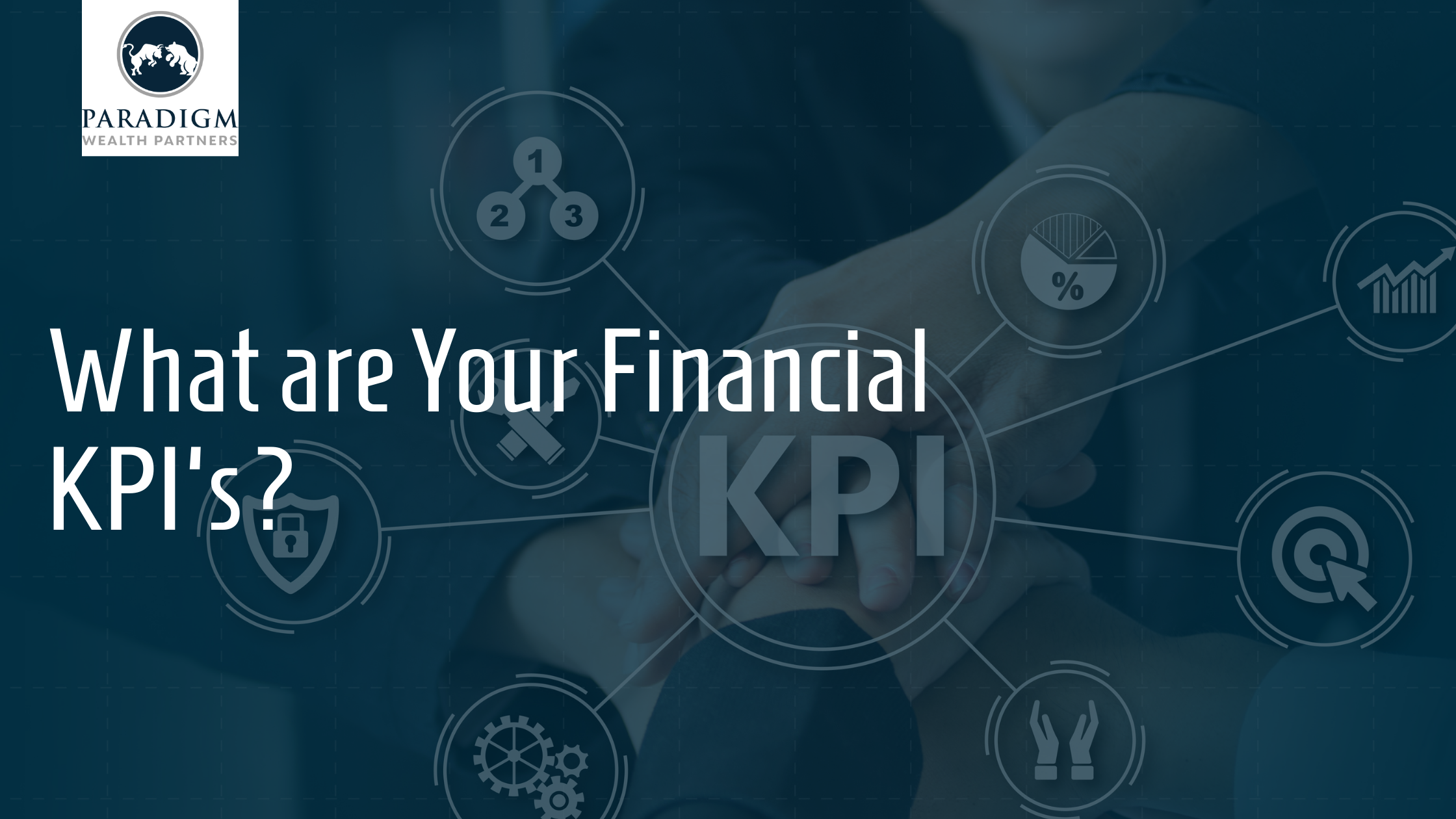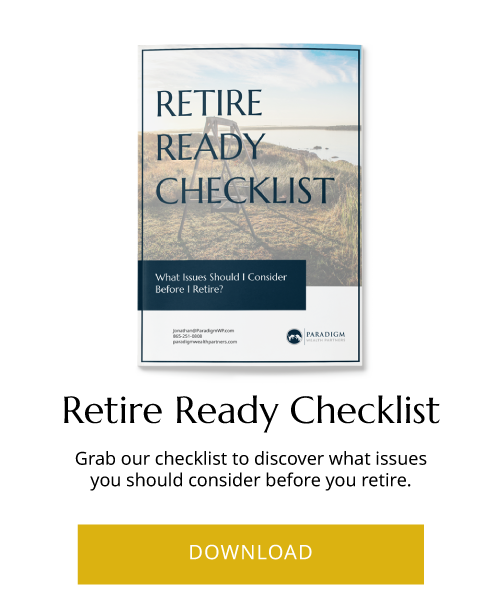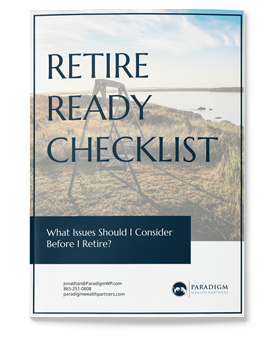What gets measured gets managed. That’s especially true in personal finance. We can’t adequately plan for things like vacations, buying a home, paying for our children’s educations, or our retirement if we don’t know what our financial situation is. And if we have debt, we can’t make a plan to efficiently pay it off if we don’t know how much debt we have, what our income is, and what our expenses are. So knowing our KPIs, key performance indicators is essential. We’ll look at the key financial KPIs you need to know.
1. Budget Numbers
A budget is the cornerstone of your financial life, providing you essential information; how much money you have coming in, how much is going out, and where it’s going. There are many choices when it comes to budgeting software, methods, and apps. The best choice is the choice that works for you, that you find easy to work with, and will best stick to.
Do keep your budget simple, though. Some people break down practically every little expense into its own category:
Food:
- Groceries
- Restaurants
- Take-out
- Delivery
- Incidentals (gas station snacks, for example)
“Food” as a single category is good enough. The exception is for problem spending areas or, if you seem to have a “budget leak,” a lot of money going out every month that you can’t identify. In those cases, being more specific can help you address those problems.
To create a budget, you need to know your net income, monthly expenses, both required and discretionary, and any significant, recurring annual expenses like property taxes or school fees. You can get this information from your bank, credit card, and investment statements. My favorite budgeting tool is Mint. Mint is free and easy to set up and maintain.
2. Total Debt by Category
Uncovering your total debt can be shocking, and that’s why some people have no idea how much total debt they owe. They’ve taken the head in the sand approach and would simply rather not know than face the reality of the situation.
But if you don’t know how much and what kind of debt you have, you can’t make an effective plan to become debt-free.
Bite the bullet and list your debt by type ( mortgage, student loans, auto loans, credit cards, medical, tax) amount, and interest rate.
Information and interactive calculators are made available to you as self-help tools for your independent use and are not intended to provide investment, tax, or legal advice. We cannot and do not guarantee their applicability or accuracy in regards to your individual circumstances. All examples are hypothetical and are for illustrative purposes. We encourage you to seek personalized advice from qualified professionals regarding all personal finance issues.
3. Debt-to-Income Ratio
Debt-to-income ratio is your total monthly debt payment divided by your gross monthly income. It’s one of the things potential lenders consider when deciding to loan money. You can use a calculator to get your number.
Ideally, your debt-to-income ratio should be 36% or under.
4. Credit Score
Our credit score is what our teachers promised our “permanent record” would be, something that follows us throughout our lives! Your credit score is a number that represents the information in your credit report. Each of the three major credit reporting bureaus, Equifax, Experian, and TransUnion, use a proprietary formula to calculate credit scores. Like debt-to-income ratio, credit scores are something potential lenders use when deciding to loan money or extend credit.
The higher your score, the better, but generally, a score of 760 or higher is enough to get you the best interest rates on loans. Credit Karma is a good source for getting your credit score.
It’s important to check your credit report periodically. There could be inaccurate information reported, which can bring your score down. You can get a free credit report from each of the main bureaus once a year, and each has a way to report or dispute incorrect information. Checking over your report is also a good way to spot fraudulent accounts, someone opening a credit account or taking out a loan using your information.
5. Net Worth
Net worth is the value of your assets minus your liabilities.
Assets include:
- Cash
- Investments
- The value of your home and other real estate
- Valuable personal items like jewelry, art, and collectibles
Liabilities include:
- Your mortgage
- Auto, student, and personal loans
- Credit card debt
- Tax debt
Your net worth is a good indicator of your overall financial health. Of course, a positive net worth is the goal but if you’re working on paying off debt, getting to a net worth of $0 is a great goal and a big accomplishment! You can use a calculator to get your net worth.
6. Retirement Number
When you want to retire and when you can retire may be two different things. Your retirement number will determine when you can retire; it’s the amount of money you need to have saved and invested to retire.
Of all your KPIs, your retirement number is the hardest to calculate. Your networth is your networth; your credit score is your credit score. But how can you calculate your retirement number when there are so many variables it’s impossible to know, like taxes, inflation, investment returns, the cost of living, and medical expenses?
The answer is you can’t get an exact number, but there are some formulas you can use to get a very good estimate.
The first is the Multiply by 25 Rule, which you can use to determine how much money you want to live off during each year of your retirement. It’s estimated that you’ll need 80% of your pre-retirement income to maintain your standard of living.
If your income is $100,000 per year, you’ll need $80,000 per year during retirement. To calculate your retirement number, multiply that $80,000 (or whatever your number is) by 25.
$80,000 x 25 = $2,000,000
In order to withdraw $80,000 per year from your retirement portfolio, you’ll need to save $2 million for retirement, so your retirement number is $2 million.
The 4% Rule is another way to calculate your retirement number. Getting your retirement number wrong can be disastrous for your retirement plans. If you feel you could benefit from some professional advice, you can schedule a call or meeting with us.
7. Years Until Retirement
There are two possibilities when calculating how many years you have left until you can retire; you have a retirement number, and you know what age you would like to retire at. Ideally, you hit both simultaneously, or even better, hit the first one before the second!
If the two numbers are very far apart, you’ll need to take steps to bring them closer.
Max out your retirement accounts; the maximums are higher for those over the age of 50. Consider long-term care insurance. The older you get, the more expensive the policies become, and medical expenses during retirement could wipe out your savings in the blink of an eye.
Reduce spending; the cuts will be a lot easier to handle now than during retirement. If you’re far from your retirement number and nearing retirement age, you may need to reconsider funding your children’s college education. They have decades to pay off their student loans, but you don’t have nearly that much time to save for retirement.
And your retirement may have to put postponed. It is much easier to continue working than to retire for a few years, see that money is running dangerously low, and trying to get back into the job market.
Run Your Numbers
If you know these seven numbers, you’ll have a very clear overview of your overall financial health. Running these numbers isn’t a one-and-done, though. Re-running them periodically, perhaps quarterly for some, and as part of your end-of-year financial roundup at the end of each year. This way, you can track your progress, and if you see problem areas, you can take steps to address them.
Content in this material is for general information only and not intended to provide specific advice or recommendations for any individual. All performance referenced is historical and is no guarantee of future results. All indices are unmanaged and may not be invested into directly. . Links provided are for your convenience only. Accessing websites through links directs you away from our website. We are not responsible for errors or omissions in the material on third party websites and the user assumes responsibility and risk from use of those websites.



